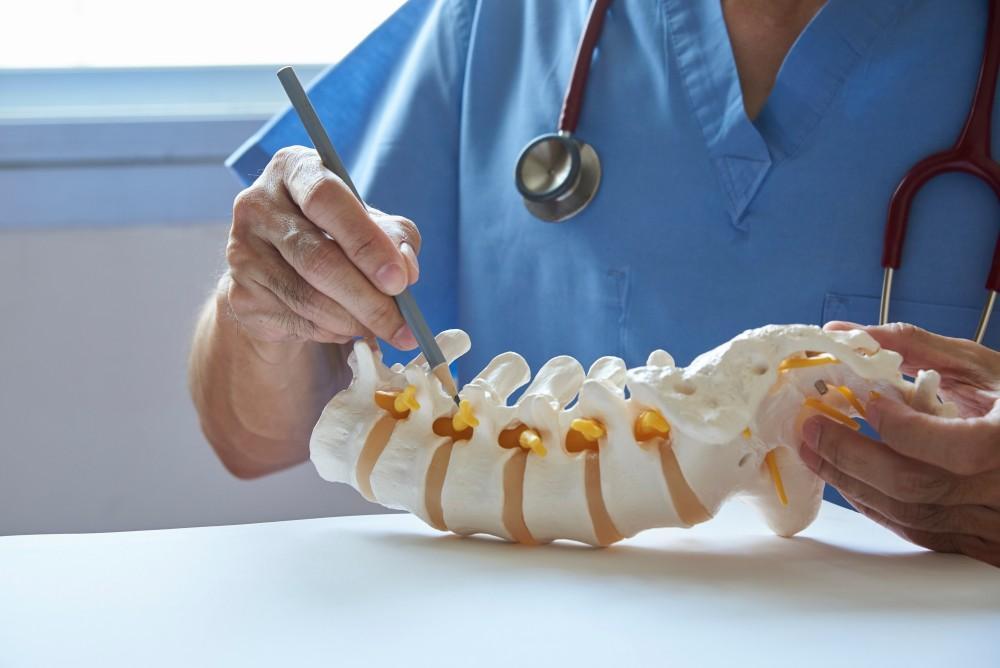
How Steroid Injections Can Treat Your Pinched Nerve

Pinched nerves, also called impinged or compressed nerves, are very common, affecting some 85 out of 100,000 US adults every year. They happen when something applies too much pressure on a nerve or nerve root, including cartilage, muscles, tendons, bone spurs, or the material oozing out from a herniated disc. That added pressure interferes with the nerve’s function and causes an array of unpleasant symptoms.
Though pinched nerves can happen at any age, they’re more common in people over 50 because of arthritis and other age-related degeneration of the spine.
At Vertrae®, board-certified neurosurgeon Dr. Kamal R. Woods and his staff understand how uncomfortable a pinched nerve can be, which is why they offer several effective treatments for it. One option is using a steroid injection, which targets inflammation at the compression site; it can provide substantial relief for qualified candidates.
Problems caused by pinched nerves
Pinched nerves are often associated with the spine, though they don’t have to be. When they do occur in the spine, they’re most common in the cervical (neck) or lumbar (lower back) spine, as both these areas experience a lot of motion. The impingement may come from pressure on a spinal nerve root as the nerve itself exits the spinal column headed for other areas of the body. The pain can travel anywhere along the length of the nerve, a condition known as radiculopathy.
A classic and well-known example of lumbar radiculopathy is sciatica. Here, the nerve root between the L4-L5 and/or L5-S1 vertebrae in the lower back becomes pinched, sending sharp, stabbing pain through the buttocks and down the outside of your leg.
Some sources of impingement include herniated discs, osteoarthritis, bone spurs on the vertebrae, degenerative disc disease, and spinal stenosis, a narrowing of the spinal canal. Degenerative conditions often lead to inflammation, which causes localized swelling and pain. The structures themselves, or the inflammation, may be responsible for pinching the nerve.
As we said, not all pinched nerves are in the spine. Tennis elbow and carpal tunnel syndrome are two examples of peripheral (extremity) nerve impingement, causing pain, numbness, and tingling in nerves far from the spine. In the case of carpal tunnel syndrome, repetitive motion causes a narrowing of the carpal tunnel with associated inflammation, which compresses the median nerve that runs through the wrist.
Symptoms of a pinched nerve
A pinched nerve displays the same symptoms no matter where in the body it’s located. These include:
- A sharp, aching, or burning pain
- Pain that radiates along the nerve path
- Numbness in the area the nerve supplies
- A sensation that an extremity has “fallen asleep”
- A sensation of “pins and needles” (paresthesia)
- Muscle weakness along the nerve path
Your symptoms may be worse when you’re lying down, because the position puts added pressure on the affected nerve.
Depending on the cause of the pinched nerve, the problem may resolve on its own, but there’s no guarantee. If you get treatment early, there's usually no permanent damage; once the doctor removes whatever’s compressing the nerve, its function returns to normal. However, if you don’t get treatment and the pressure continues, it can lead to chronic pain and weakness that may become permanent. That’s why you should always seek medical help as soon as possible after the symptoms appear.
How steroid injections can treat your pinched nerve
Treatment for your pinched nerve depends on the underlying cause of the problem. Dr. Woods always starts with conservative options, such as anti-inflammatory medications and physical therapy. If these don’t work, or if you’re unable to do PT because of your pain level, steroid injections (SIs) can be a good next choice.
SIs are helpful in that they reduce inflammation at the injection site, relieving the pressure on the pinched nerve and thereby reducing your pain. If one of your spinal nerve roots is compressed, Dr. Woods administers an epidural steroid injection (ESI), delivered into the epidural space in the middle of the spinal column.
SIs and ESIs aren’t painful treatments. The steroid is generally mixed with an anesthetic to provide immediate relief; the steroid may take a week or two to kick in and offers more long-term relief. Often the pain reduction is enough that you can engage in PT, which offers even longer-term relief.
If you’re experiencing the signs of a pinched nerve, there’s no reason to suffer; Vertrae can help. To learn more, or to schedule a consultation with Dr. Woods, give our office a call at either location, or book your appointment online today.
You Might Also Enjoy...


4 Benefits of Outpatient Spine Surgery

Am I a Candidate for Kyphoplasty?

Pulled Muscle vs. Pinched Nerve: What's the Difference?

4 Subtle Signs of Sciatica

